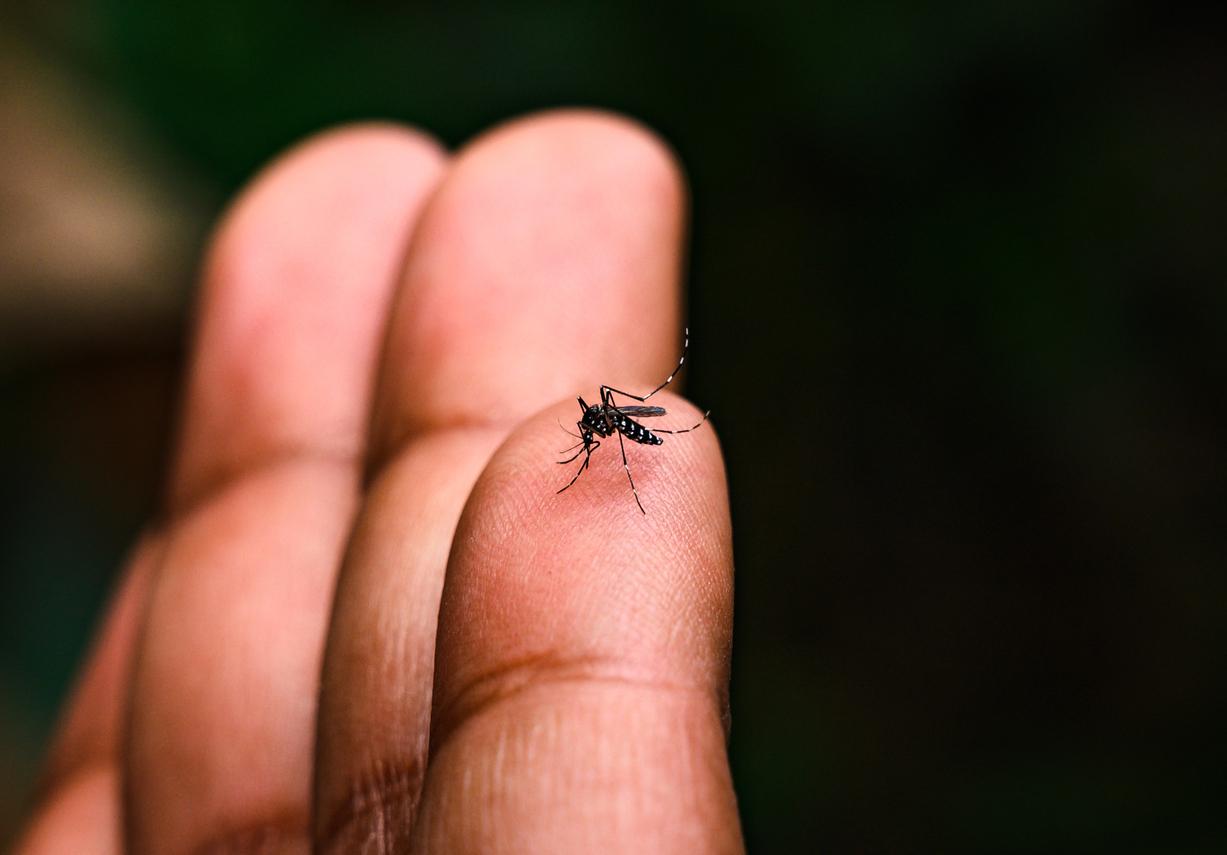Four podiums, three gold medals: this is what Arthur Bauchet won at the Beijing Paralympic Games in winter 2022, as France Info points out. The 21-year-old participated in the “standing” category. He is, however, afflicted with rare genetic disease that weakens the lower limbs, hereditary spastic paraparesis. How does it manifest?
Symptoms of spastic paraparesis
In the giant slalom, Arthur Bauchet won a bronze medal and collapsed at the end of the event. He told France 3 that he had had a major crisis and lose control of your legs, as his muscles contracted. This is one of the symptoms of the spastic paraparesis he suffers from. According to the MSD manualit is defined as: “a group of rare inherited disorders that cause progressive weakness with muscle spasms (spastic weakness) in the legs.”
Specifically, patients suffer from cramps, spasms, exaggerated reflexes, to the point of having difficulty walking. “People can stumble because they tend to walk on their toes, with their feet turned inward,” the MSD manual notes. The disease does not affect life expectancy and the worsening of symptoms is not necessarily continuous, it may stop over time.
If the disease generally affects only the lower limbs, it can in some cases lead to other symptoms in the eyes, cause deafness, cause dementia or even cause loss of muscle control elsewhere than in the legs.
Origin and occurrence of spastic paraparesis
Several genetic anomalies could be at the origin of this pathology. However, the consequence is the same each time: the nerve pathways responsible for transmitting signals along the spinal cord are impaired by the disease. To detect it, we proceed by eliminating diseases that present similar symptoms (such as multiple sclerosis, for example) and we can do a genetic test.
The degenerative disease would affect between 1 and 10 people in 100,000 and could develop at any age. Arthur Bauchet declared it in 2015, at the age of 17, two years after joining the world circuit in alpine skiing, as the Olympics website says. Following pains that keep him immobile, the diagnosis falls. The young man continues to evolve in his discipline, but in disabled sports.
Treatment of spastic paraparesis
Arthur Bauchet confides to the Olympics site: “You can see the evolution of the disease in the evolution of the treatment. At the beginning I took one tablet a day. Five years later I am at eight, with drops in the evening and injections of Botox in the legs one to twice a year.”
Treatment is primarily aimed at relieving symptoms. It includes physical therapy, physical exercise to “maintain mobility and muscle strength,” notes MSD. But also drugs to reduce spasms, such as baclofen which is a muscle relaxant, clonazepam, dantrolene, diazepam or tizanidine. You can do botulinum toxin injections.
Sources: MSD Manual, France Info, Olympics.
Read also:
- Prosopagnosia, what is this disorder that causes facial amnesia?
- Rare diseases: they still affect 3 million people in France


















